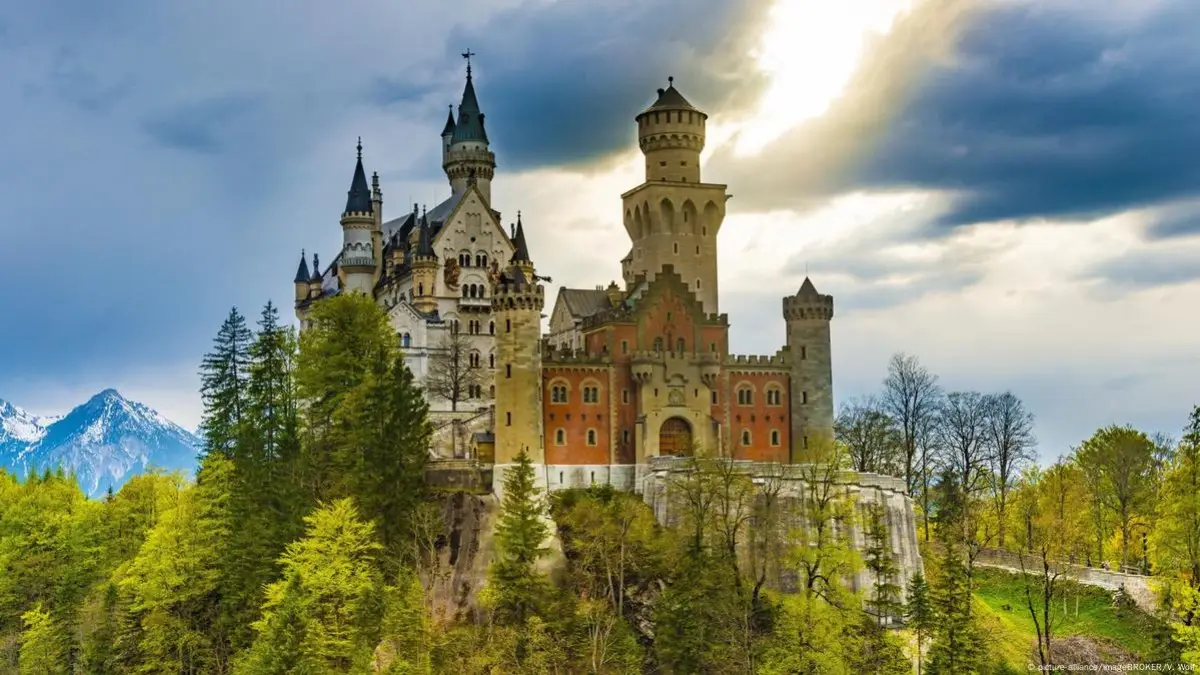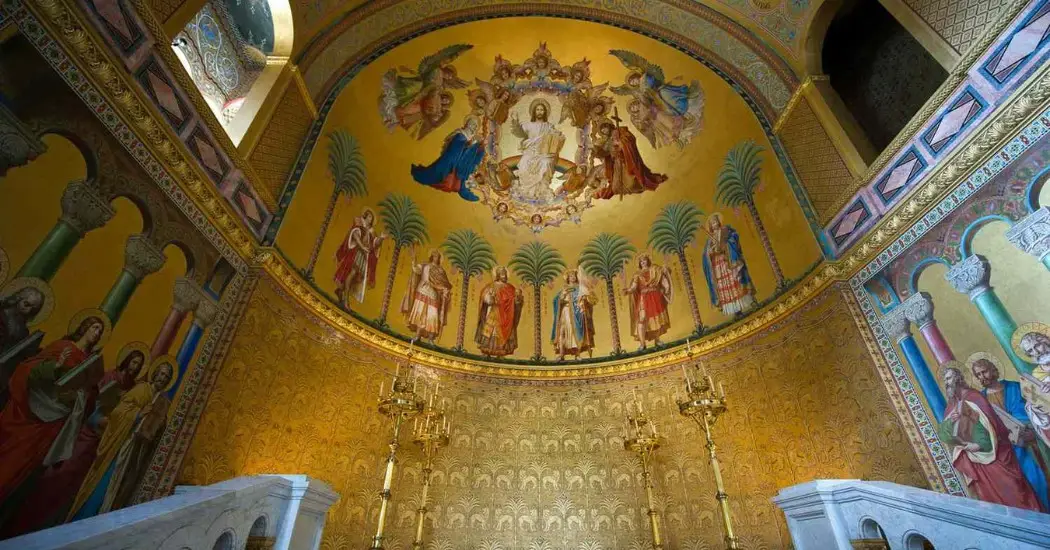Interesting Facts About Neuschwanstein Castle
Symbolism, movies, tribute, tragedy and what not!

Neuschwanstein Castle is a must-see when visiting the Bavarian Alps. Known for its fairytale charm, this stunning castle captures the imagination of visitors from all around the world.
While the castle’s exterior is a sight to behold, there’s much more to this Bavarian masterpiece than meets the eye.
Here are some fascinating facts that will add depth to your visit and help you fully appreciate the history and unique features of Neuschwanstein Castle.
The Neuschwanstein entry ticket is the cheapest way to see the castle, which attracts a million visitors annually. The full-day trip from Munich includes castle entry and transport, while the Neuschwanstein & Linderhof tour offers a guided experience of both fairytale castles.
1. It Wasn’t Built in Medieval Times
Although Neuschwanstein Castle’s Gothic architecture looks like something from medieval times, it was actually built in the 19th century.
Construction began in 1868, with the foundation stone laid on September 5, 1869.
The castle was commissioned by King Ludwig II of Bavaria, known as “Mad King Ludwig,” who drew inspiration from Hohenschwangau Castle, where he spent his childhood.
2. Built by a King Who Lost His Power
King Ludwig II built Neuschwanstein Castle as an escape from the political turmoil of the time.
After Bavaria lost its sovereignty in the Austro-Prussian War of 1866, Ludwig retreated into a fantasy world, where he could live as a true king in his mind.
The castle became his private sanctuary, far away from the pressures of the world.
3. It wasn’t always called Neuschwanstein Castle
King Ludwig II initially named it ‘New Hohenschwangau Castle’, inspired by the nearby royal residence where he spent much of his youth.
The name ‘Neuschwanstein’, meaning “New Swan Stone”, was adopted after his death to honor the swan—his personal emblem and a symbol seen throughout the castle’s design.
4. It’s a Movie Star Too
Neuschwanstein Castle has made its mark on the big screen, appearing in several notable films.
It featured in Ludwig II (1955) and Ludwig (1972)—both biopics about the king—as well as in the musical Chitty Chitty Bang Bang (1968), the comedy Spaceballs, and the war drama The Great Escape (1963). Its fairytale look makes it a favorite filming location.
5. A Tribute to Richard Wagner
Ludwig II was a devoted fan of the German composer Richard Wagner.
Many rooms inside the castle are inspired by Wagner’s operas. For example, the murals in the Singer’s Hall depict scenes from Wagner’s Parsifal, and the study portrays themes from the Tannhäuser saga.
Ironically, Wagner never had the chance to visit the castle, as he died before it was completed.
6. The King Never Saw It Finished
While parts of Neuschwanstein Castle were habitable by 1873, it was never completed during Ludwig II’s lifetime.
He died in 1886, and the castle remained unfinished. Only about a dozen of the planned 200+ rooms were finished by the time of his death.
In fact, Ludwig spent only a few days living in the castle, which is estimated to be around 11 days in total.
7. It Has Modern Features for Its Time
Despite its medieval appearance, Neuschwanstein Castle was equipped with modern technology for its era.
The castle had running water on every floor, central heating, flush toilets, and even telephone lines.
There was also an elevator for transporting food to the dining room, making it far ahead of its time.
8. The Throne Room Doesn’t Have a Throne

One of the most magnificent rooms inside the castle is the Throne Room. Modeled after a Byzantine basilica, it features a painted cupola, ornate floor mosaics, and a massive chandelier.
Interestingly, though it’s called the Throne Room, no throne was ever installed—an unfinished feature that adds to the room’s story.
9. It Inspired Disney’s Castles
Did you know that Neuschwanstein Castle is rumored to have inspired Walt Disney’s Sleeping Beauty Castle?
Disney visited the castle before the creation of Disneyland, and many believe that its beauty helped shape the design of Disney’s iconic castle. It’s easy to see the resemblance, especially in the whimsical towers and fairytale architecture.
10. It Was a Storage Site for Nazis
During World War II, Neuschwanstein Castle took on a darker role as a storage site for art and valuables seized by the Nazis.
Allied forces, including the Monuments Men, recovered many of these items from the castle in 1945.
11. It Became a Tourist Attraction Right After King Ludwig II’s Death
Neuschwanstein Castle opened to the public just weeks after King Ludwig II’s death.
Despite being unfinished, it quickly became one of the most popular tourist destinations in the world.
Today, it attracts over 1.3 million visitors annually, with up to 6,000 people visiting during peak summer months.
12. Tours Are the Only Way to See Inside
To explore Neuschwanstein Castle fully, you’ll need to join a guided tour. These tours are included in your ticket price and are available in English and German.
The tours last about 30 minutes and cover the rooms that were completed before King Ludwig II’s death.
Note that photography is not allowed inside the castle, but there are plenty of opportunities to snap photos of the exterior.
These fun facts about Neuschwanstein Castle will make your visit even more fascinating.
The combination of fairytale beauty, royal ambition, and unfinished mystery all make this landmark one of the most captivating places you can visit.
Book your tickets in advance and prepare for a once-in-a-lifetime experience!
